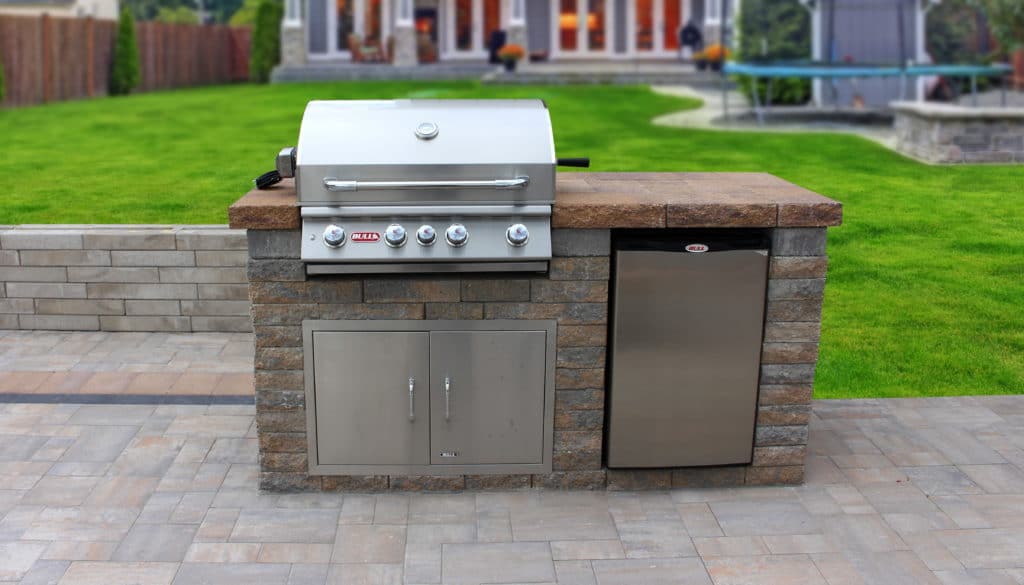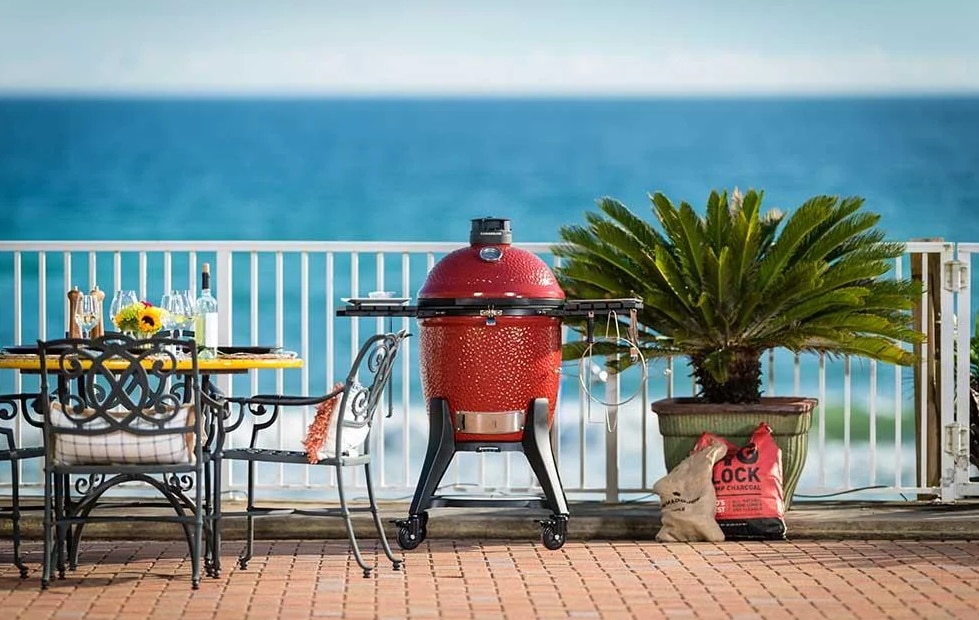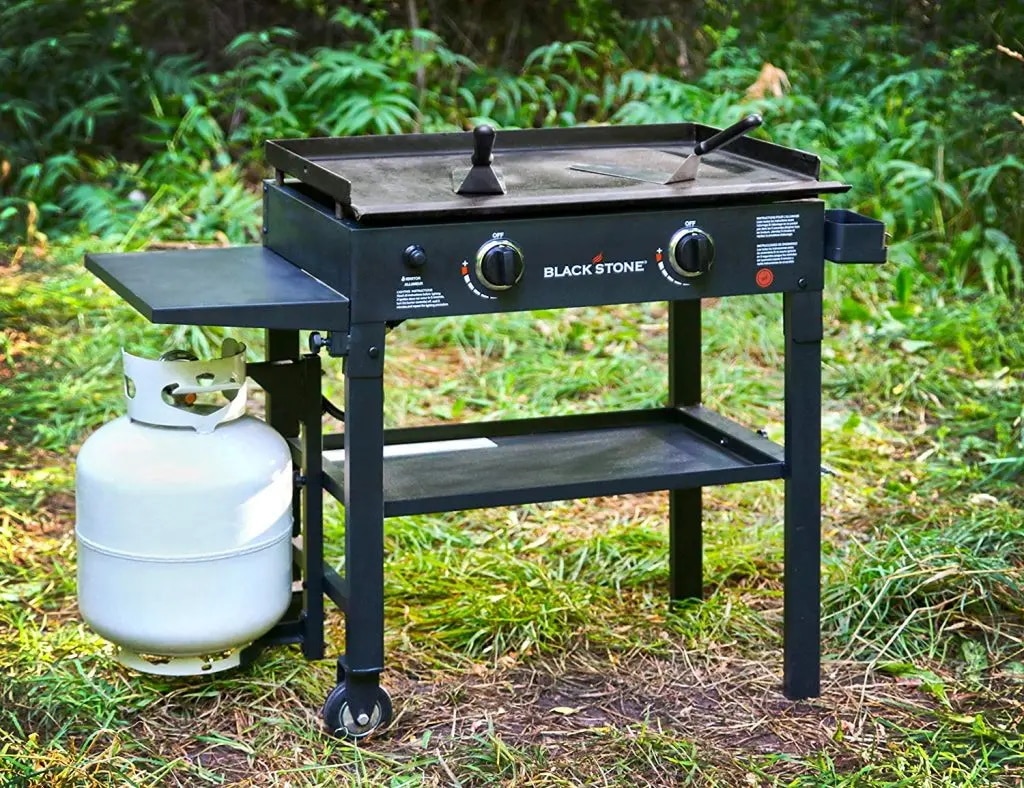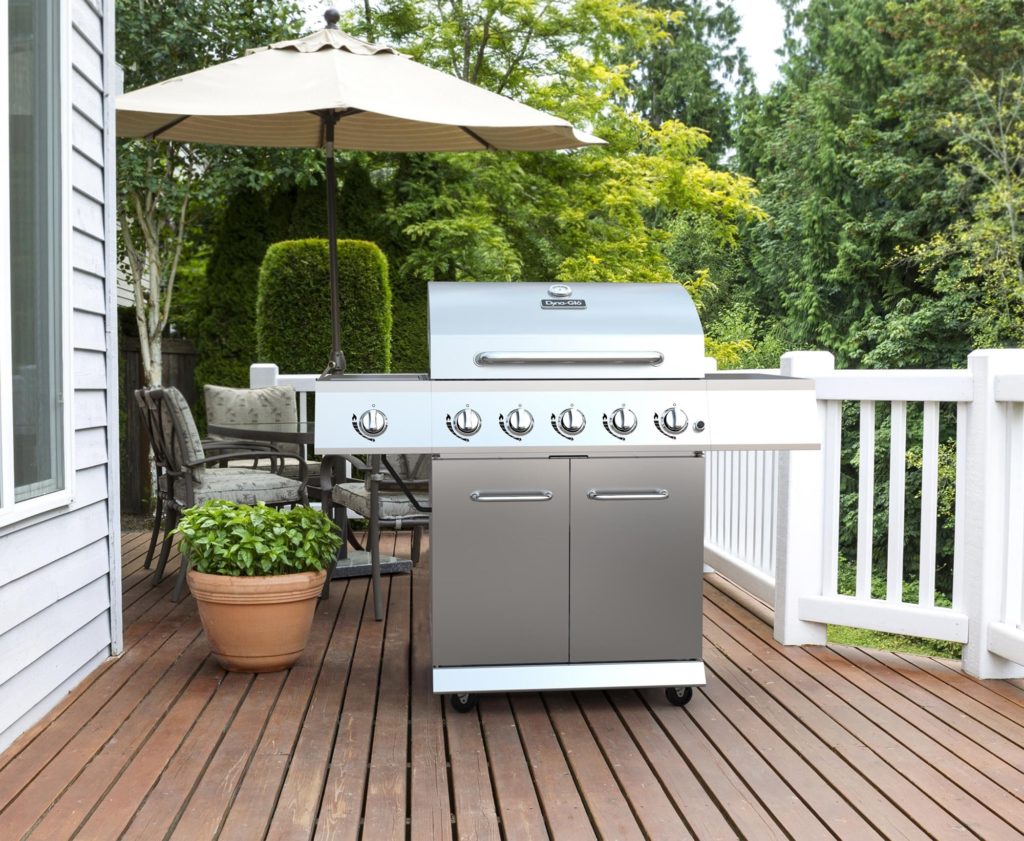

A properly seasoned cast iron grill is a joy to cook with, especially if you intend to use it for some good old Southern cooking. Whether you just bought your first skillet or inherited your grandmother’s ancient grill, knowing how to season a cast iron grill is the first step to preparing delicious meals.
Cast iron is naturally reactive and would corrode or rust within minutes if left exposed to the atmosphere. However, baking oil into the iron creates a black, non-stick patina through a process called polymerization which makes the pan non-stick and resistant to corrosion and rusting.
Normal cooking helps to build up on this seasoning, but sometimes rough use or a long period of disuse can break down this protective layer and cause your food to start sticking to the pan. And if you just acquired one of the best cast iron griddles, it will also require a solid round of seasoning before you can use it.
Before we had non-stick pans coated with Teflon, there were impeccably seasoned cast-iron grills and skillets. Seasoning a cast iron grill or pan gives it a black patina which is amazing for cooking even the stickiest foods, including bacon, seafood, and eggs.
More importantly, seasoning your cast iron pan makes it durable and protects it against rusting, corrosion from acidic foods, and natural wear. Cast iron pans naturally require more care against corrosion given their susceptibility to the elements. Given this level of care and frequent seasoning, cast iron grills can last for a century or more.
Today we also have carbon steel pans Trusted Source Why Carbon Steel Pans Are What the Pros Use - The Wall Street Journal Seasoning, a process of burning fat onto the surface of a pan to make it naturally non-stick, tends to be time-consuming with cast iron. A carbon steel pan is much quicker to develop a patina so slick a fried egg will slide around on it like an air-hockey puck. www.wsj.com that pro chefs are now using, but cast iron grills still rule the roost. There are several compelling reasons why this is so:
There are two ways of seasoning cast iron cookware, but endless methods exist for achieving this otherwise simple goal. Hearing from cast iron cookware lovers, you would be tempted to think that it is a highly scientific process requiring decades of experience. Some people swear with flaxseed oil, others think shortening is the best oil to use.
Opinions also vary widely about the temperature and length of time you should bake the pan for to seal in the oil. It is true that unsaturated oils such as flaxseed or sunflower oil oxidizes faster and produces a more durable patina, but any oil or shortening should do in theory.
In truth, seasoning cast iron cookware is a straightforward process, whether you’re doing it for the first time or whether you want to restore the patina layer.
The first method is through normal cooking. Every time you fry or grill something on your cast iron cookware, you bake more oil into it and reinforce the protective layer. Cast iron skillets and grills that see regular action rarely need to undergo any more restoration.
However, the protective layer can wear out with time either naturally or from human factors. This is where knowing how to season a cast iron grill pan comes into play.
The first step to seasoning your cast iron grill grates is cleaning. If the pan or grate rusted or has a hard layer of food remains, you will need to scrub it clean with a tough grill brush. The same process applies to cast iron grills, so you can also read our simple guide on how to clean a cast iron grill.
If you’re looking to simply restore the seasoning layer, don’t use any soap or abrasives when cleaning the pan. However, it might be useful to break it down completely with a thorough clean before seasoning it afresh.
The goal here is to get rid of any bits of rust, food particles, and other remains. If rust is beginning to form take some steel wool to the pan to clean it out completely before applying the oil.
Be sure to prepare the inside and outside of the pan, especially if it’s the first time, and dry it thoroughly after cleaning. You can also preheat the pan slightly to help the oil adhere better.
Using some paper towels or a cotton cloth, spread a thin layer of your chosen vegetable oil around the inside and outside of the pan. We have already recommended unsaturated oils, but another consideration is that you should use an oil with a high boiling point. Canola oil and different vegetable oils are good at this as well.
Apply the oil to the outside and inside of the pan and rub it in until the pan no longer looks greasy and there are no dry spots. Also, don’t use so much oil that there are pools of oil on the pan. These will also polymerize and form hard, uneven spots on your pan.
Put your oiled pan into the oven heated to 450F, placing it upside down with another pan underneath to catch any falling droplets or oil. Bake the pan for 30 minutes-1 hour, during which process the oil will oxidize and bond with the iron surface to form a tough, black plastic-like layer. If you don’t have an oven, a good charcoal grill heated to full temperature will work.
If your pan was particularly bad or didn’t have a factory pre-seasoning layer, you can let it cool down for a while, apply another layer of oil, and bake it again. You can repeat this for 3-4 times until you achieve that black, smooth, semi-glossy surface inside and outside the surface of the pan.
Just like cast iron cookware, cast iron grill grates also need some love and care with lots of seasoning to keep them in perfect condition. From the moment you buy your new grill grates, you need to get them properly seasoned to prevent rust, stickiness, and degradation.
While at it, remember that it’s important to have a solid, heavy, and dependable cast iron griddle to begin with. Once such option is this Legend Cast Iron Griddle, Users loved this griddle for its heavy duty and solid construction, which means that with proper seasoning, it’s likely to last a lifetime.
Before you season your cast iron grill grates, you should first clean and prepare them to remove any food remains, rust, and loose particles. This process also helps to strip away old seasoning in preparation for restoration. If you have any stubborn food remains or rust, use dilute white vinegar and a steel brush to clean it off.
You can also remove the rust from your grill grates by first heating it to a high heat until the rust is charred, then using a grill brush to scrub it away while still hot.
After cleaning, rinse your grate and dry it completely under medium heat or by using paper towels.
Using a piece of cotton cloth or paper towels, apply some oil onto the grates and coat them evenly. Make sure to get every inch of the grate, including corners and on the bottom surface.
Rub the oil into the grill surface gently for a few minutes and give the oil time to penetrate into the pores of the iron metal surface.
Place the oiled grills into your oven, which should be preheated to medium heat. Leave them there for up to two hours, which gives time for the oil to oxidize and get baked into the iron pores.
You should use oil with a high smoke point such as canola oil or avocado oil for best results. You can also repeat the process after every meal for a few weeks after purchase to give the grill a reinforced non-stick surface.
For those without gas-powered or electric ovens, you can use a charcoal oven such as Char-Griller E1515 Patio Pro set. This particular set is a user favorite due to its small physical footprint with powerful abilities. It is a heavy-duty grill that rests rust more readily, takes to seasoning very easily, and can live outdoors for some of the year with no problem.
In our years of experience taking care of and cooking with cast iron grills and pans, we have picked up some extra tips that could help you achieve a better seasoning and better cooking experience by extension. To begin with, make sure that you use the best oil you can get and be patient with the seasoning process.
There’s a reason why cast iron grills have endured as the favorite cookware for generations of families today. They are the ultimate non-stick cookware, they retain heat very well, and cast iron grills impart a unique charred taste to food, which is amazing.
However, cast iron is highly susceptible to rusting and corrosion. Seasoning the iron creates a layer of iron and oil due to polymerization, and this layer can be as tough as the Teflon in non-stick cooking pans.
If you know how to season a cast iron grill pan properly and can maintain that seasoning consistently, you will have a faithful cooking utensil for decades. Owning a cast iron pan or grilll is a lifelong commitment, after all, for you and for the pan itself.





